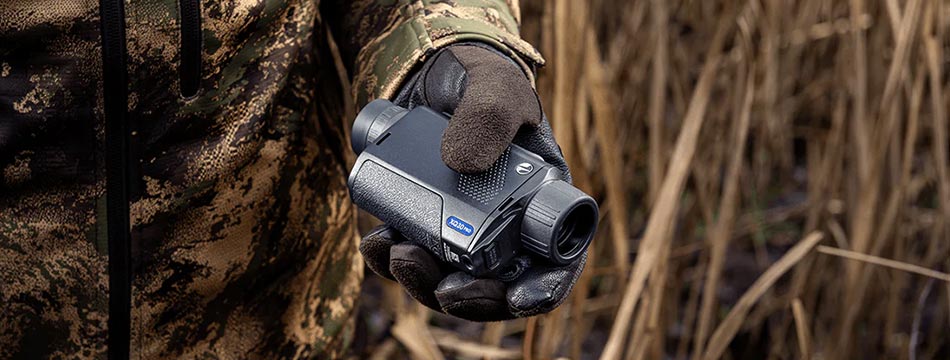
Thermal cameras have become an indispensable tool for modern farmers. These infrared imagers can detect heat patterns and variations, which are invisible to the naked eye, making them ideal for a wide range of agricultural applications. This guide will explore how thermal cameras can benefit farmers, the best times and places to use them, and recommend the top thermal cameras for agriculture and farming.
Browse farming thermal cameras / monoculars:
Monoculars CamerasBrowse farming thermal rifle scopes:
Rifle ScopesQuick Links
- Benefits of Thermal Imaging for Agriculture & Farming
- Applications of Thermal Cameras on Farms
- Recommended Thermal Cameras for Agriculture Applications
- Conclusion: Best Thermal Cameras for Agriculture & Farming: Improve Crop & Livestock Monitoring
Benefits of Thermal Imaging for Agriculture & Farming
Ensuring Properly Ventilated Chicken Sheds
Thermal cameras help monitor temperature distribution in chicken sheds, ensuring even ventilation and insulation thereby preventing heat stress, chills, or other conditions such as hock burn and footpad dermatitis associated with poorly ventilated barns. Poor broiler house ventilation affects poultry health and productivity, making it impossible to produce economically viable birds and, more importantly, adhere to animal welfare requirements.
To learn more about critical thermal imaging for agriculture, particularly in ensuring proper barn ventilation, read our article: PASS Provides FLIR Thermal Camera for Poultry Farmer’s Barn Ventilation Report.
Monitoring Game & Detecting Poachers
Protecting crops and livestock from potential predators or poachers is essential to farming. Thermal imaging cameras make this simple as they can easily spot warm-bodied animals and humans in dense foliage, even in complete darkness.
Farm Security
Thermal cameras enhance farm security. They can be used to detect intruders and suspicious activity around the site perimeter, especially at night when visibility is low.
Ensure Animal Welfare
Elevated skin temperature is often an early indicator of illness or injury in livestock, such as cattle. Using thermal cameras as cattle heat detection devices helps to maintain animal welfare by detecting these early signs of ailments or discomfort. Furthermore, thermal imaging provides a non-invasive form of investigation, minimising distress to livestock.
Detecting Lameness in Cattle
Studies indicate that lameness affects between 20 and 25% of cattle in the UK. It costs the UK dairy industry approximately £53 million a year. Before thermal imaging for agriculture, farmers would often treat lame cattle using a combination of antibiotics and anti-inflammatories. This was because it could be difficult to know whether a cow was lame due to an infection or inflammation caused by a sprain (for example). However, thermal cameras act as cattle heat detection devices, allowing farmers to see hotspots on cows’ legs or feet and assess the cause of lameness. For example, if hotspots appear further up the leg or in the shoulder, the cow has likely sustained an injury and a course of anti-inflammatories is required; whereas, heat in the foot may indicate infection and should be treated with antibiotics. As a result, farmers can reduce their medication bills significantly and improve animal welfare.
For examples of essential thermal imaging for agriculture, read our blog to learn how you can Catch Cattle Lameness with Economical Thermal Cameras.
Stock Management
In addition to detecting lameness in cattle, thermal cameras can be used to monitor cow health and are particularly useful for estimating when a cow is likely to calve. Similarly, thermal cameras will pick up bulling heat, allowing farmers to determine the optimum time for artificial insemination (AI).
Maintain Crops & Machinery
Arable farmers also benefit from thermal imaging. A thermal camera for agriculture may assess the moisture levels of crops and detect potential problems with farm machinery. High heat concentrations in equipment could indicate an impending fault. Spotting these signs early allows farmers to address potential problems sooner and often at a lower cost.
Applications of Thermal Cameras on Farms
Where to Use a Thermal Camera for Agriculture
- Chicken Sheds: To monitor and manage temperature, insulation, and ventilation for optimal poultry health.
- Open Fields and Forests: To detect potential predators and poachers.
- Farm Perimeters: To enhance security and monitor for intruders.
- Cattle Barns: To check for signs of lameness, calving, and bulling heat.
- Crop Fields: To assess the moisture levels of crops
- Farm Machinery: To spot signs of impending failure and ensure essential equipment remains in good condition.
When to Use a Thermal Camera for Agriculture
- Night Time: For security and poacher detection, as thermal cameras work in complete darkness.
- Day Time: For monitoring livestock, environmental conditions, crop moisture, and equipment health.
- During Cattle Health Checks: for spotting signs of lameness, calving, and bulling heat.
Who Will Benefit from Using a Thermal Camera for Agriculture
- Farm Owners and Managers: For overall farm management, equipment maintenance, and security.
- Dairy Farmers: For reducing cattle lameness and associated costs; monitoring cows during calving; and detecting bulling heat for optimal AI.
- Poultry Farmers: For ensuring appropriate temperature, ventilation, and insulation conditions in broiler barns to guarantee animal welfare and produce economically viable birds.
- Arable Farmers: For assessing the moisture levels of crops and maintaining essential machinery.
- Livestock: using thermal imaging for agriculture applications, such as maintaining optimal barn conditions and for health checks, will significantly improve animal welfare.
Recommended Thermal Cameras for Agriculture Applications
1. FLIR C5
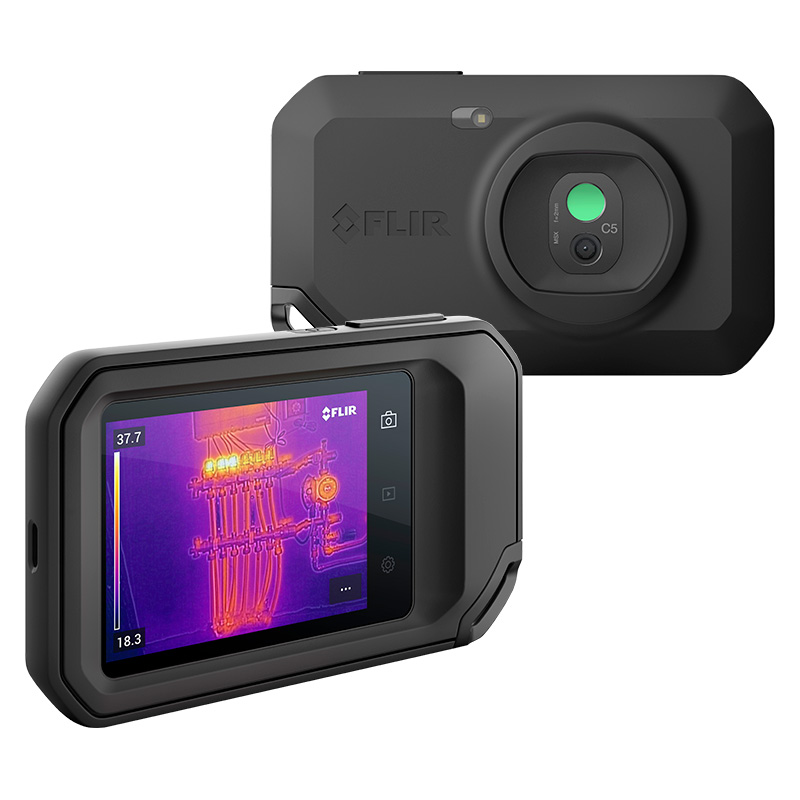
- IR Resolution: 160 x 120px
- Thermal Sensitivity (NETD): < 70 mK
- Lens: Fixed focus, 54° x 42°
- Temperature Range: -20°C to +400°C
- Why Ideal: The FLIR C5 is compact and easy to use, making it perfect for quick inspections of the heat distributions in chicken sheds and cattle barns. Its sensitivity allows for accurate detection of temperature anomalies, which is crucial for maintaining animal welfare and detecting lameness.
2. FLIR C3-X
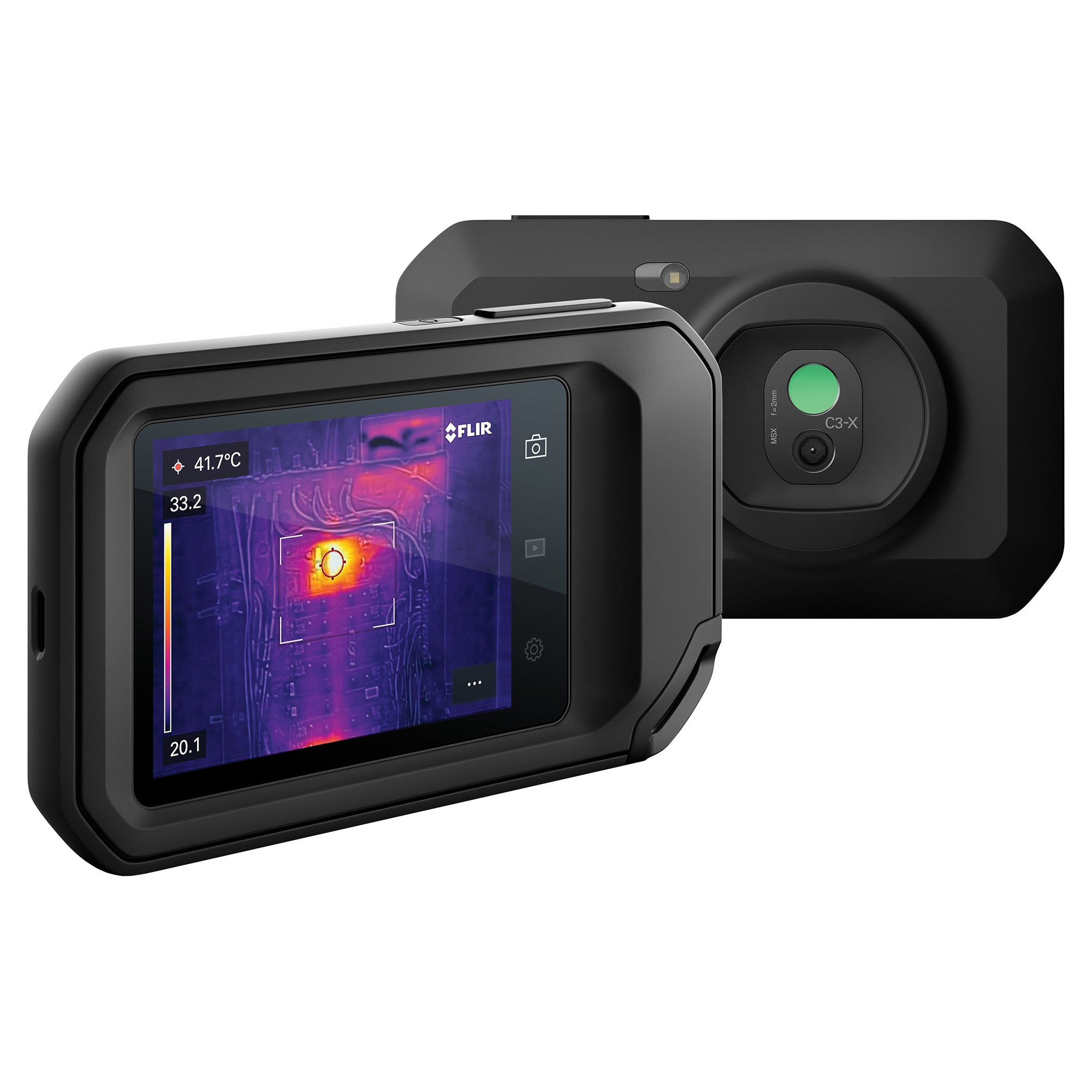
- IR Resolution: 128 x 96px
- Thermal Sensitivity (NETD): < 70 mK
- Lens: Fixed focus, 53.6°
- Temperature Range: -20°C to +300°C
- Why Ideal: Pocket-sized and easy to use, the FLIR C3-X clearly indicates hot and cold spots, making it ideal for assessing the temperature, ventilation, and insulation of broiler houses.
3. FLIR One Edge Pro
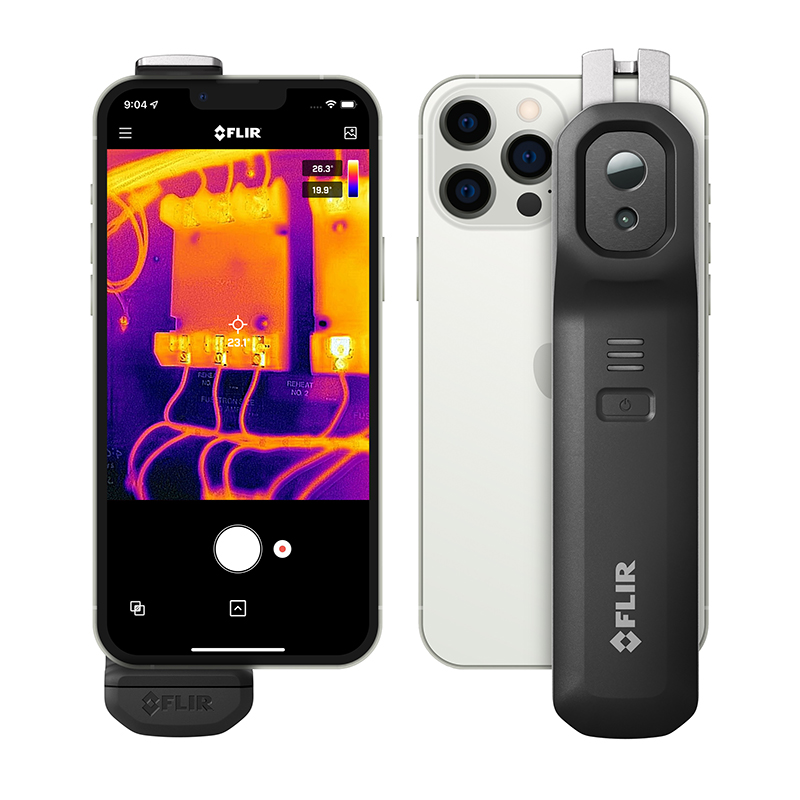
- IR Resolution: 160 x 120px
- Thermal Sensitivity (NETD): < 70 mK
- Lens: Fixed focus, 54° x 42°
- Temperature Range: -20°C to +400°C
- Why Ideal: Designed to clip onto your smartphone, the FLIR One Edge Pro’s resolution and sensitivity enable the detection of slight temperature differences. This means farmers can identify faulty equipment, survey barn heat distribution, and monitor the health of cows quickly and conveniently.
4. Pulsar Scopes
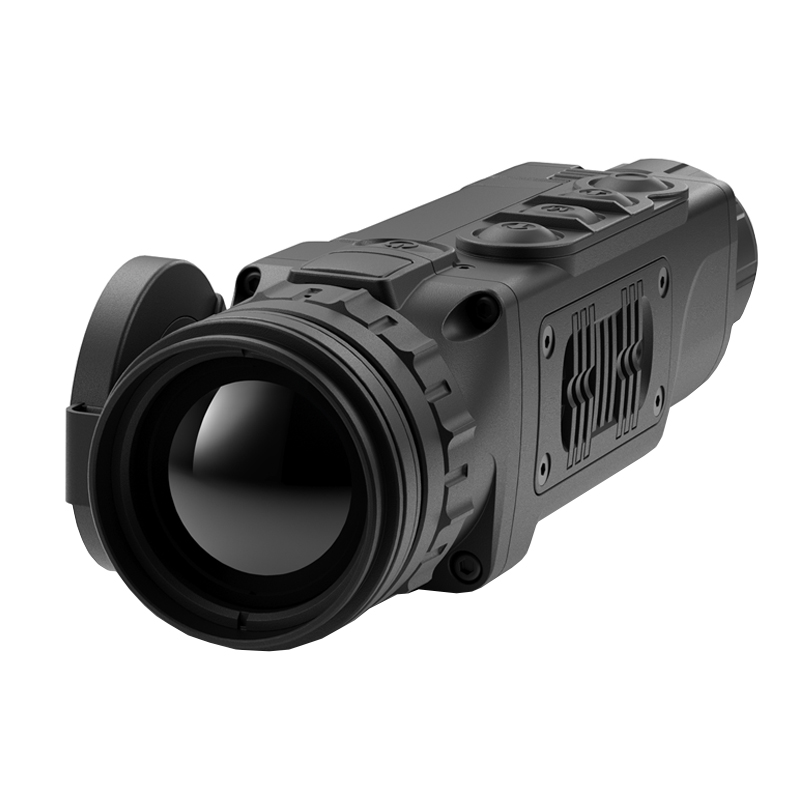
- IR Resolution: Varies by model (between 384x288px and 640 x 480px)
- Thermal Sensitivity (NETD): < 40-50 mK
- Lens: Multiple lens options for different ranges
- Why Ideal: Pulsar scopes are excellent for long-range detection, making them ideal for monitoring game and detecting poachers. Their high resolution and sensitivity ensure clear images, even in challenging conditions.
5. Pulsar Mergers
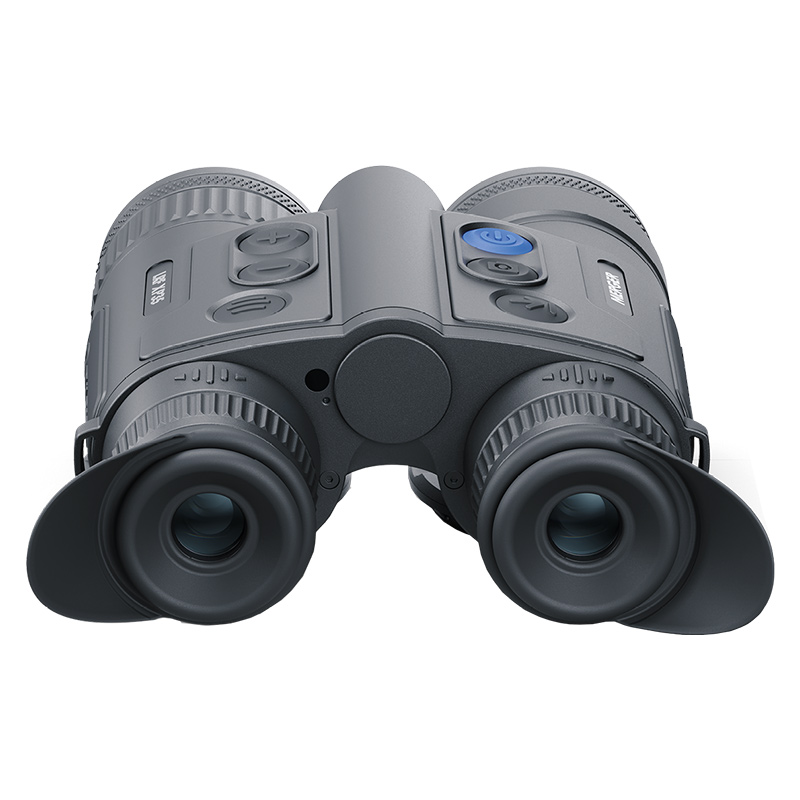
- IR Resolution: 640 x 480px
- Thermal Sensitivity (NETD): < 25 mK
- Lens: Dual eyepiece for comfortable viewing
- Why Ideal: The Pulsar Mergers offer superior image quality and comfort for extended use. They are suitable for security applications, providing reliable performance day and night.
6. Guide Scopes
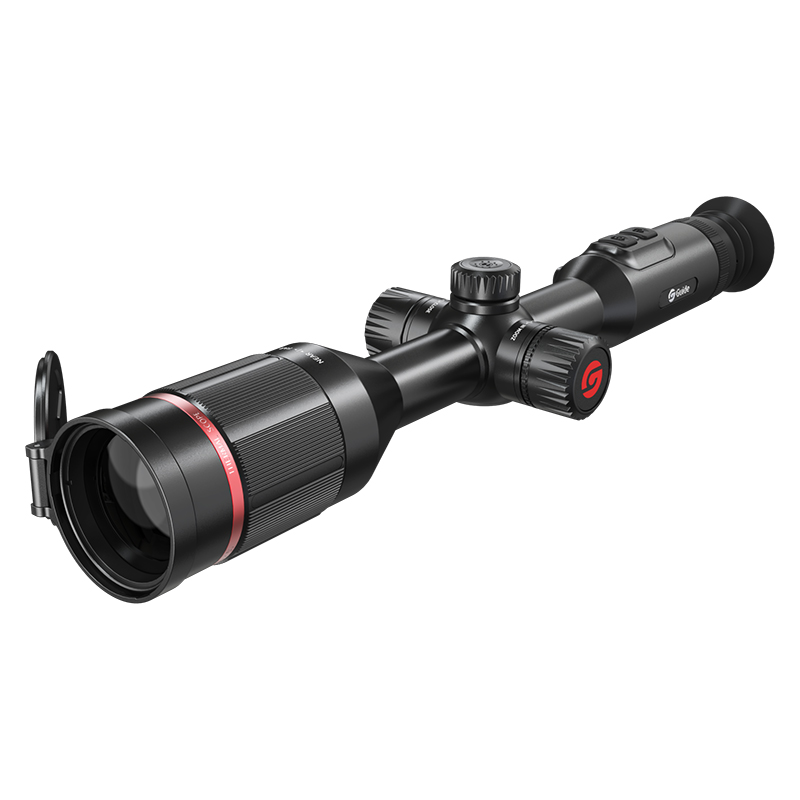
- IR Resolution: 384x288px or higher
- Thermal Sensitivity (NETD): < 30 mK
- Lens: Various options for different applications
- Why Ideal: Guide scopes provide high-quality thermal imaging suitable for both short and long-range applications. They are particularly useful for detecting lameness in cattle and ensuring farm security.
Conclusion: Best Thermal Cameras for Agriculture & Farming: Improve Crop & Livestock Monitoring
Investing in a thermal camera can significantly enhance farm management, security, and animal welfare. Whether you need to ensure proper ventilation in chicken barns, check the condition of cattle, assess crop health, maintain equipment, or ensure security, there is a thermal camera to meet your needs. The FLIR C-series, FLIR One Edge Pro, CAT S62 Pro, Pulsar Scopes, Pulsar Mergers, and Guide Scopes are all excellent choices, each offering unique features that make them ideal for various agricultural applications. By understanding the capabilities and benefits of these thermal cameras, farmers can make informed decisions to optimise their agricultural practices and ensure animal welfare.
Browse farming thermal cameras / monoculars:
Monoculars CamerasBrowse farming thermal rifle scopes:
Rifle Scopes

